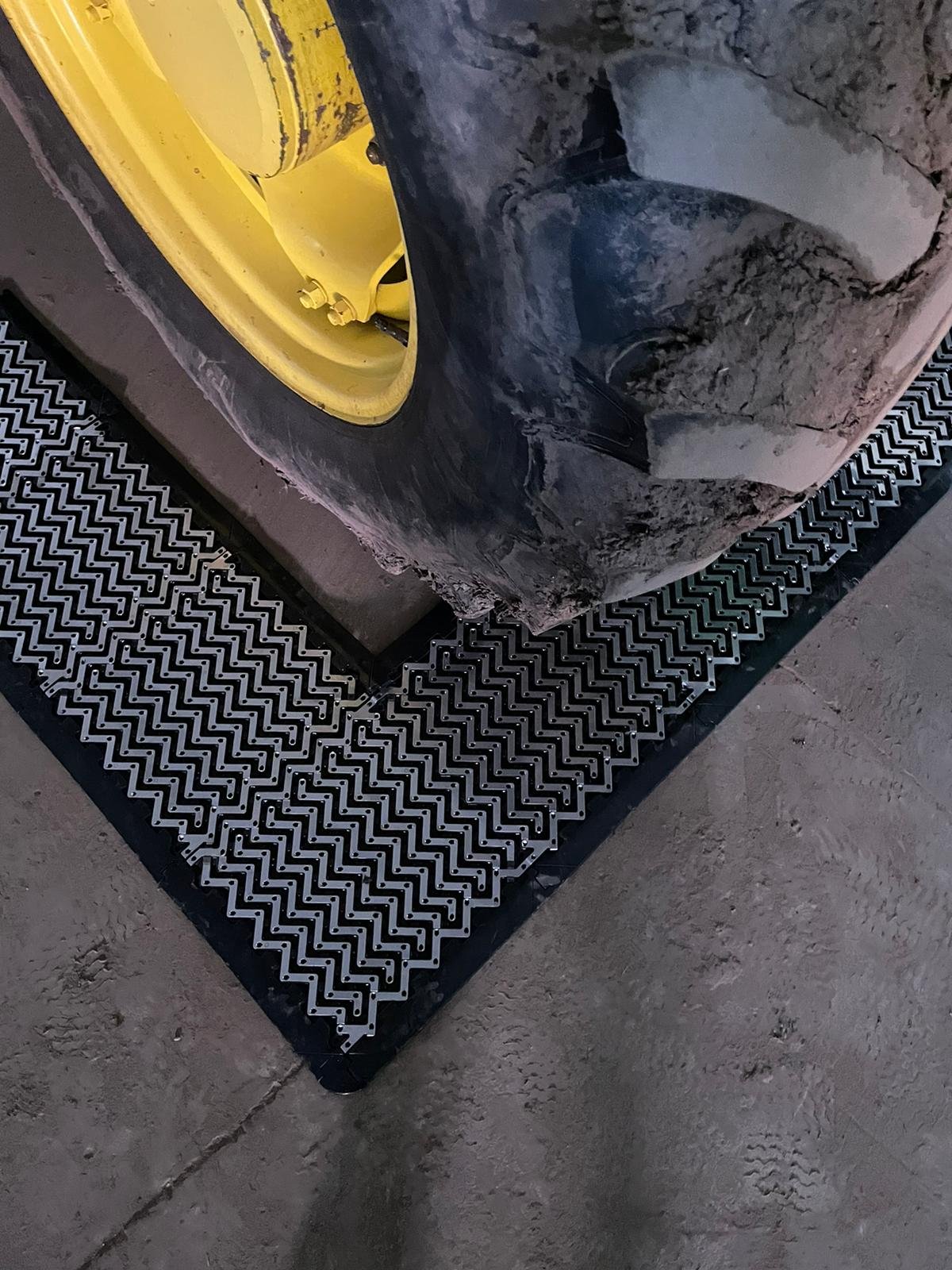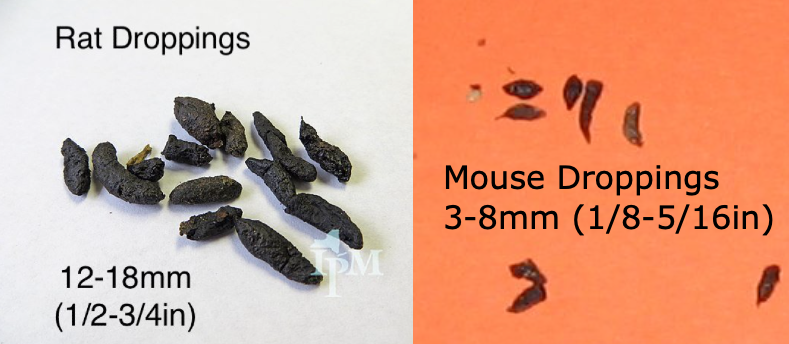DIY Rodent Proofing for Buildings and Garages: A Practical Guide
Rodents can cause far more damage than many people realise. Their presence in a building or garage is far more than an inconvenience. It can lead to gnawed wiring and chewed insulation, as well as risk of nasty infections. These can be dangerous and even life-threatening. The good news is that prevention doesn't always require expensive intervention.
With some practical know-how and the right materials, you can take on DIY Rodent Proofing for Buildings and Garages yourself and dramatically reduce the risk of problems from rodent damage.
1. Identify and Seal Entry Points
Rodents are able to fit through surprisingly small holes. A mouse can fit through a hole as small as a pencil whilst a rat only needs an opening the size of a thumb. The first stage in preventing this is to perform a thorough inspection.
Check the perimeter. Make sure you focus on the bases of walls, garage doors and the points where gas water and electrical cables enter and leave the building. These are prime sites for rat carriageways.
Roof lines, eaves and venting systems are common access points. These are easily overlooked.
Use torchlight at night. Buddy up with a friend and use a torch to look for light shining through gaps to highlight entry points. With one of you inside and one of you outside the chinks should be easily visible.
Make sure you seal any openings you find immediately to prevent future incursions.
2. Choose the Right Materials
All sealants are not created equal. Rodents can easily gnaw through foam, wood and many plastics. You need to make sure that you use barriers which are tough, resistant to chewing and long lasting. Consider the following options;
Steel wool or wire mesh (6 mm or smaller). This is ideal for pushing into cracks and gaps which are irregular in shape. Use a seal to keep it in place.
Hardware cloth or welded mesh. Perfect for covering over vents, drains and large openings. Ensure it is galvanised to stop it rusting and failing.
Concrete or mortar. This is great for larger gaps in masonry and around the base of walls.
Rodent-proof sealant or caulk. Ensure you choose a strong and flexible sealant designed for pest exclusion. These are often reinforced with grit or fibres to make them very hard to chew through.
Sheet metal or aluminium flashing. This is excellent for reinforcing we parts of wooden doors and garage frames. Use this anywhere you think a rodent might chew through.
3. Reinforce Doors and Windows
Garages are particularly vulnerable to rodent ingress. This is because the doors and thresholds are often not well fitting. You can install door sweeps on external doors and check that the garage door fits tightly to the ground. On vents and windows, make sure you fit mesh screens that allow air to flow but keep the rodents at bay.
4. Maintain Good Habits
Ratproofing is only effective if you combine it with good housekeeping.
Make sure you clear out clutter from your garage and shed. Otherwise this will provide ideal nesting and harbourage opportunities for rodents.
Store food, birdseed and pet supplies in sealed, rodent proof containers. Metal bins are ideal. Clean up any spillage straight away.
Keep vegetation cut back from walls and doors. This will give rodents cover and allow them to climb up and access hidden entry points.
5. Advanced Options for Added Protection
Sealing holes and access points is effective but technology has provided us with new tools to help when all else fails. RatMat is a safe, humane and non-toxic barrier which creates an electrified surface that rodents will avoid. In high risk areas with valuable items such as cars, computer equipment or warehouse stock, RatMat can be an excellent compliment to DIY Rodent Proofing for Buildings and Garages, ensuring long-term peace of mind.
Final thoughts.
Rodent proofing isn't just about dealing with current problems, it is about planning for the future. Prevention is better than cure; inspect your property regularly. Seal even the tiniest gaps using robust materials. This will make your building or garage a fortress against unwanted intruders. For extra security, use electrified flooring for a defended perimeter.
A little effort today can save you headaches and cash tomorrow.











